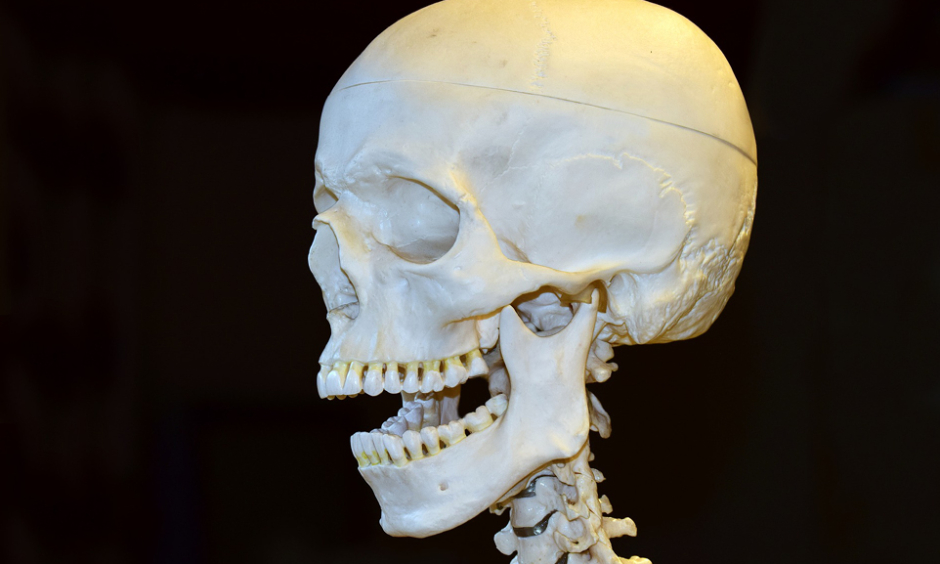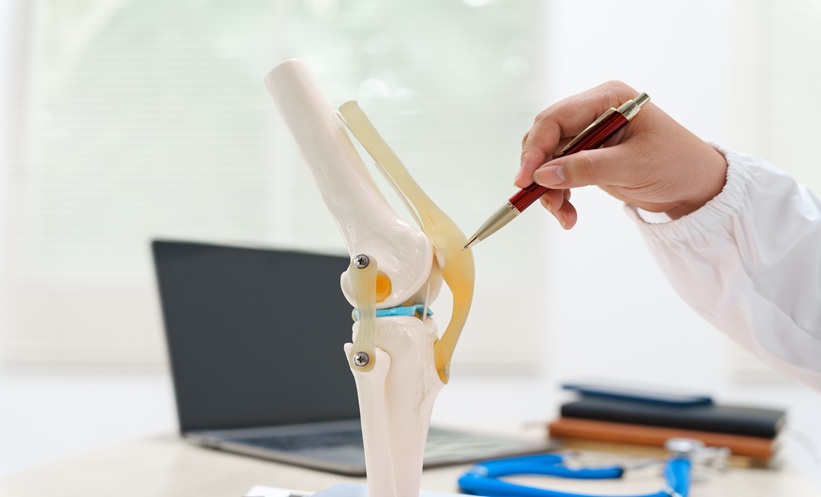NEW insights into the genetics of a range of bone diseases have been revealed following the DNA analysis of unusual skeletal remains of a fetus discovered in Chile more than a decade ago. The study, undertaken by researchers from Stanford University and University of California San Francisco (UCSF), could lead to a greater understanding of the causes of various developmental disorders.
Genetic Analysis
The genetic analysis of the skeleton, nicknamed Ata, showed that it was a female fetus that had severe genetic mutations; her bone composition was that of a 6-year-old, indicating she suffered from a rare, bone-ageing disorder. Because the size, symptoms, and phenotype were particularly unusual, the team wanted to fully understand the genetic causes of these disorders. They did this by extracting a small DNA sample from the ribs of Ata before sequencing the entire genome. As the skeleton was only around 40 years old, the DNA remained relatively intact.
Discovery of Mutations
This uncovered a plethora of mutations in seven genes that contribute to the development of numerous bone deformities, facial malformations, or skeletal dysplasia, either separately or in combinations. Interestingly, some of these mutations have never previously been linked with bone growth or developmental disorders, providing new areas for researchers to look at whilst studying the causes of such conditions, emphasising that there can be multiple factors at play. This could ultimately lead to new treatments that take into account the complexity of these diseases.
Greater Investigation
“For me, what really came of this study was the idea that we shouldn’t stop investigating when we find one gene that might explain a symptom. It could be multiple things going wrong, and it’s worth getting a full explanation, especially as we head closer and closer to gene therapy,” stated Dr Atul Butte, UCSF. “We could presumably one day fix some of these disorders, and we’re going to want to make sure that if there’s one mutation, we know that, but if there’s more than one, we know that too.”
James Coker, Reporter
For the source and further information about the study, click here.








